4M lunar payload integrated – Keps released
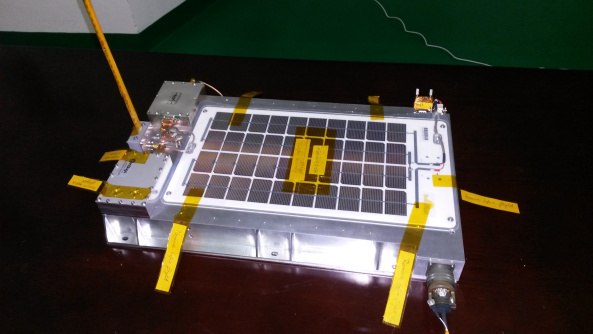
The integration of the LX0OHB-4M amateur radio payload was completed on Sunday night, October 12 and is now ready to launch.
The onboard clock has been adjusted to start JT65B (145.980 MHz) at the UTC minute +/-1 second. It is likely to drift during the mission, and manual offset introduction will be required after a week or so. The launch date is October 23 at 1800 UTC.
The link budget is quite tight, but the first hours should give comfortable signals. QSB is to be expected.Beginning of transmission of 4M will start between 1917 UTC and 1927 UTC. Refer to the provided maps and animations links in the blog section (see also older messages) to determine your visibility. Alternatively, use the ‘tracking’ section where you can compute your tracking elements by introducing your geographic coordinates. The table can be copied/pasted into a text file. As the apparent movement will be close (and closer) to the one one of the Moon, manual pointing is easy but for the largest arrays. We’ll try to publish equivalent TLE’s to input in usual tracking software.
As JT65B is used: please remind those not yet too familiar with it that the receiver must not be tuned during the transmission. A dedicated webpage is being written to detail the procedure.A dedicated java application is also available to automatically transmit the decoded messages to the 4M website and ease the data collection. (Thanks to LSE Space). Alternatively, you can also send the decoded messages by eMail, sending the ALL.txt file.
For those not wishing to use JT65B, please record the signals (11025s/s, 8or 16 bits, mono), taking care not to saturate the recording and NO MP3 please.
SpectrumLab is an excellent choice, although some may wish to use simpler recording software.
You can imagine that the team is quite eager to receive the first reports, so, do not hesitate to mail immediately, send decoded messages or even phone or text me at +352 661 678 986.Our friends of IC CMalaga are also quite eager to receive the results of their radiation dosimeter experiment.
Basic rules of the contest have been delineated in the blog section. Complete rules will be published soon.
Stay tuned on our website or Facebook page.
Ghislain Ruy LX2RG
Email: ruy@luxspace.lu with “4M Amateur” in the subject
Manfred Memorial Moon Mission (4M) http://moon.luxspace.lu/
Facebook https://www.facebook.com/LuxSpaceSarl
The launch will be broadcast by CNTV/CCTV: http://www.cntv.cn/ or http://english.cntv.cn/ orhttp://english.cntv.cn/live/p2p/index.shtml
Information animations and some JT65B test files at
https://cloud.luxspace.lu/public.php?service=files&t=33c4a21c09ba3736a55fc09896e463f6
Read the paper 4M Mission: a Lunar FlyBy experiment
http://tinyurl.com/4M-Mission-V3
EME 2014 slides: 4M, A Moon Flyby Mission
http://tinyurl.com/4M-slides-eme2014
4M Lunar Payload in Practical Wireless Magazine

The November issue of Practical Wireless (PW) magazine, in the shops now, devotes three pages to the 4M amateur radio lunar payload which will transmit JT65B on 145.980 MHz. Beijing plan to launch the payload on October 23. The article, written by Colin Redwood G6MXL, is well worth reading.
PW magazine also carries the popular columns World of VHF by Tim Kirby G4VXE, Data Modes by Mike Richards G4WNC and Emerging Technology by Chris Lorek G4HCL.
It is understood that postal copies of Practical Wireless can be purchased using a Debit or Credit card by ringing +44 (0)1202 751611Monday – Thursday 8.30am – 4.00pm.
Practical Wireless magazine http://www.pwpublishing.ltd.uk/practical-wireless-latest-issue/
AMSAT Annual Meeting Remote Participation via EchoLink
The 2014 AMSAT Symposium will be held Friday, Saturday, and Sunday, Oct 10-12 in Baltimore. The Annual Meeting will be held Saturday afternoon from 15:45 – 17:15 EDT (19:45z – 21:15z) and will be broadcast via EchoLink on the *AMSAT* channel. The Annual Meeting includes a report to the membership by the President and Senior Officers and includes a question and answer session where members may ask senior officers and BoD members questions. Echolink participants may send questions using the text messaging feature of EchoLink.
Some of Friday and Saturday’s Symposium presentations may also be available via EchoLink, as these will be used to test the EchoLink hardware, software, and Internet connection. See http://www.amsat.org for the Symposium schedule and the titles and times of the presentations.
If you haven’t used EchoLink before, you need to download the software and validate your license *NOW*. EchoLink use is restricted to licensed radio amateurs, because EchoLink is frequently used to remotely key amateur radio transmitters and repeaters. The validation process is used to prove that you are licensed. See http://www.echolink.org for more information. EchoLink software is available for free for Windows, Linux, OSX, iPhone, iPad, and Android. An Internet connection is required.
Once you’ve started EchoLink, search for the *AMSAT* channel (node #101377), select it, and “Connect”. The channel name includes asterisks (*) both before and after AMSAT.
[The above information was collected from amsat.org]
Visit to ISITE
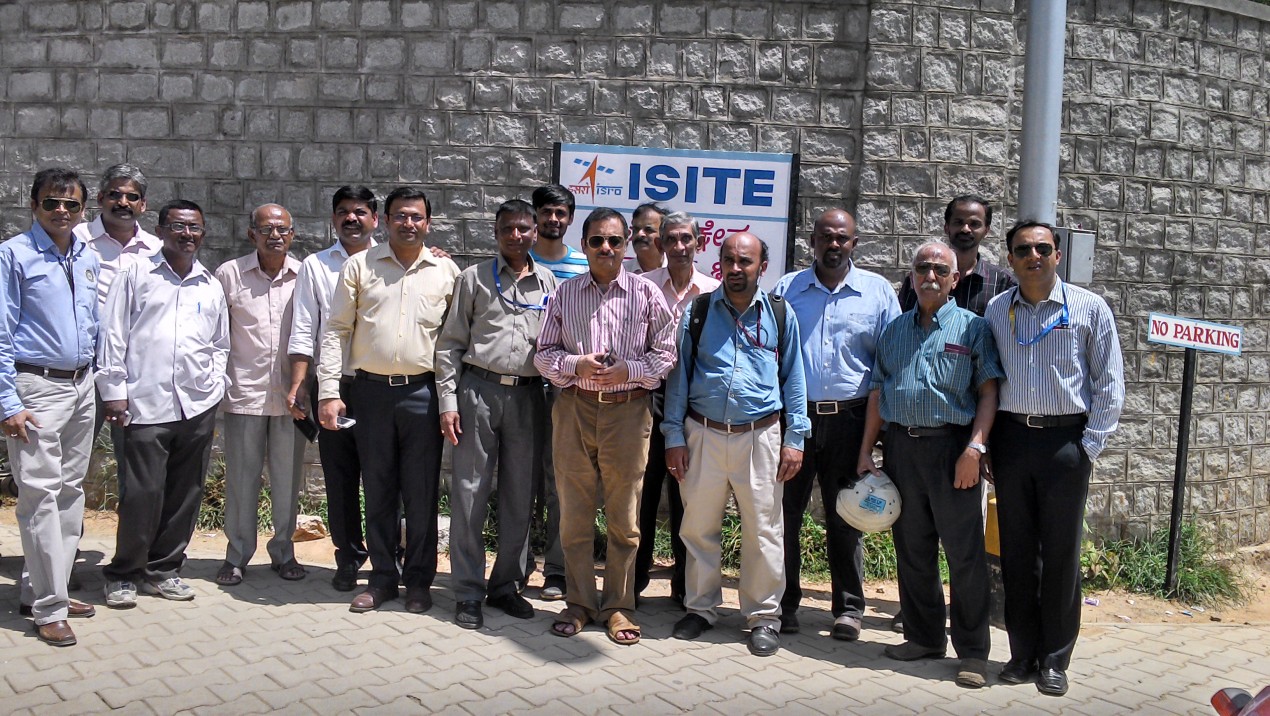
Upagraha Amateur Radio Club (VU2URC) which is the Amateur Radio station in ISRO organized a visit to ISTE where the Indian Mars Orbiter “Mangalyan” was under various stages of testing. The visitors included a team from AMSAT INDIA were able to see the MARS orbiter before it was moved to the launch pad for integration with the launch vehicle. We had the opportunity to see other test facilities in this ISRO complex and the MARS orbiter. Thanks to Mani, VU2WMY who organized this visit which enabled us to see the MARS orbiter “Mangalyan” before its long journey to MARS.
Working the OSCARS by VU2RM

Help AMSAT launch Fox-1C satellite in 2015!
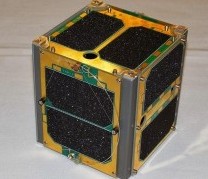
AMSAT is excited to announce a launch opportunity for the Fox-1C Cubesat. AMSAT has teamed with Spaceflight Inc. for integration and launch utilizing Spaceflight’s SHERPA system to a sun-synchronous orbit in the third quarter of 2015.
Fox-1C is the third of four Fox-1 series satellites under development, with Fox-1A and RadFXsat/Fox-1B launching through the NASA ELANA program. Fox-1C will carry an FM repeater system for amateur radio use by radio hams and listeners worldwide, and has available payload space for educational and non-profit experiment boards. Further details on the satellite and launch will be made available as soon as released.
AMSAT has an immediate need to raise funds to cover both the launch contract and additional materials for construction and testing for Fox-1C. Please help us to continue to keep amateur radio in space. AMSAT Fox-1C at www.amsat.org
Satellite Tracking by Suby, VU2UV in 1977
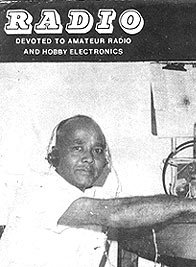
AMSAT INDIA at Hamfest India 2014
AMSAT INDIA will have its traditional presence at Hamfest India 2014 to be held at Hyderabad on November 8th and 9th 2014. As usual we will be having presentations during the technical sessions on topics related to Amateur Radio Satellites and projects from AMSAT INDIA. We would be very pleased to discuss and interact with the delegates on topics related to Amateur Radio Satellites. More information at the HFI 2014 website http://www2.hamfest.in/index.html#sechdule
HAMSAT – VO-52 Decommssioned
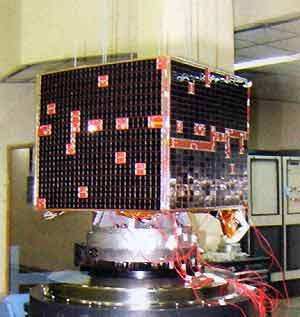
HAMSAT – VO-52 stopped working after 49,675 orbits on July 11th 2014 due to the failure of on-board lithium ion batteries. Although other systems and sub-systems were working normal as per the latest
telemetry received, the on-board computer continued to ‘Reset’ mode due to the failure of batteries.
Since 11th July 2014 every best possible effort has been put in by the spacecraft controllers at ISTRAC Bangalore to revive the satellite, but with no luck. Though it is hard, the HAMSAT VO-52 designers and
controllers concluded that the time has come to let the little angel free in space to go drifting on her own from their care and custody.Thus, today 21st July 2014, ISRO have decommissioned ‘HAMSAT-VO52′ officially.
Nevertheless, at this point of time, on behalf of the World Amateur Radio Fraternity, we thank each and everyone who contributed to the great success of ‘HAMSAT’. Particularly, our sincere thanks to the Chairman ISRO, Dr. K. Radhakrishnan, past chairmen Dr. Kasthurirangan, Dr. G. Madhavan Nair, Director-ISAC Dr. S.K.Shiva Kumar, past ISAC Directors Dr. P.S. Goel, Dr. Shankara, Dr. T.K. Alex, Director-ISTRAC Shri. B.S. Chandrasekhar, scientific secretary Dr. Koteshwar Rao, Project Director-Shri. J.P. Gupta, Deputy project Directors, Mission Director-Shri. R.Suresh, Operations Director-Shri. Parimalarangan and each and every person directly or in-directly contributed. We also
thank , late Shri. Nagesh Upadhyaya-VU2NUD, Shri. B.S. Gajendra Kumar-VU2BGS, Shri. Prathap Kumar-VU2POP, Air Commodore. Subramanian-VU2UV, Shri. V.P. Sandlas-VU2VP, Dr.R. Ramesh-VU2RMS, Shri. Nitin-VU3TYG, Mr. Williams Leijenaar PE1RAH and each and every member.
AMSAT India Newsletter
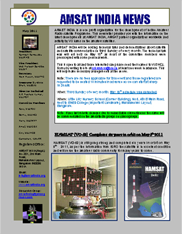
AMSAT INDIA publishes a quaterly newsletter which provides information on the current activities at
AMSAT INDIA and updates related to Amateur Radio satellites from India . We also cover activities and
developments from AMSAT partner organizations worldwide. Download from here
Copy 2025 AMSAT INDIA. All Rights Reserved
Web Design and Web Hosting by Nuvodev



